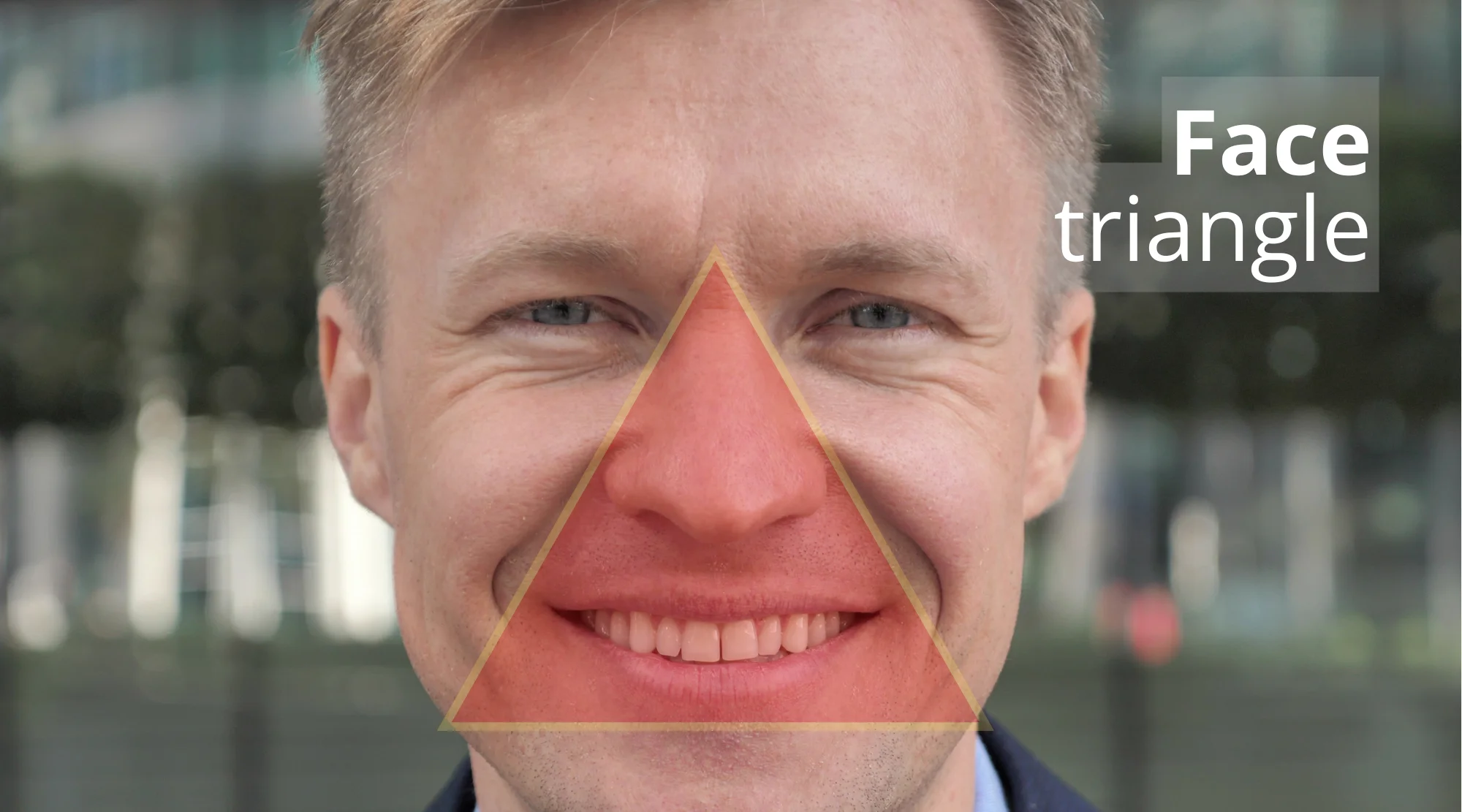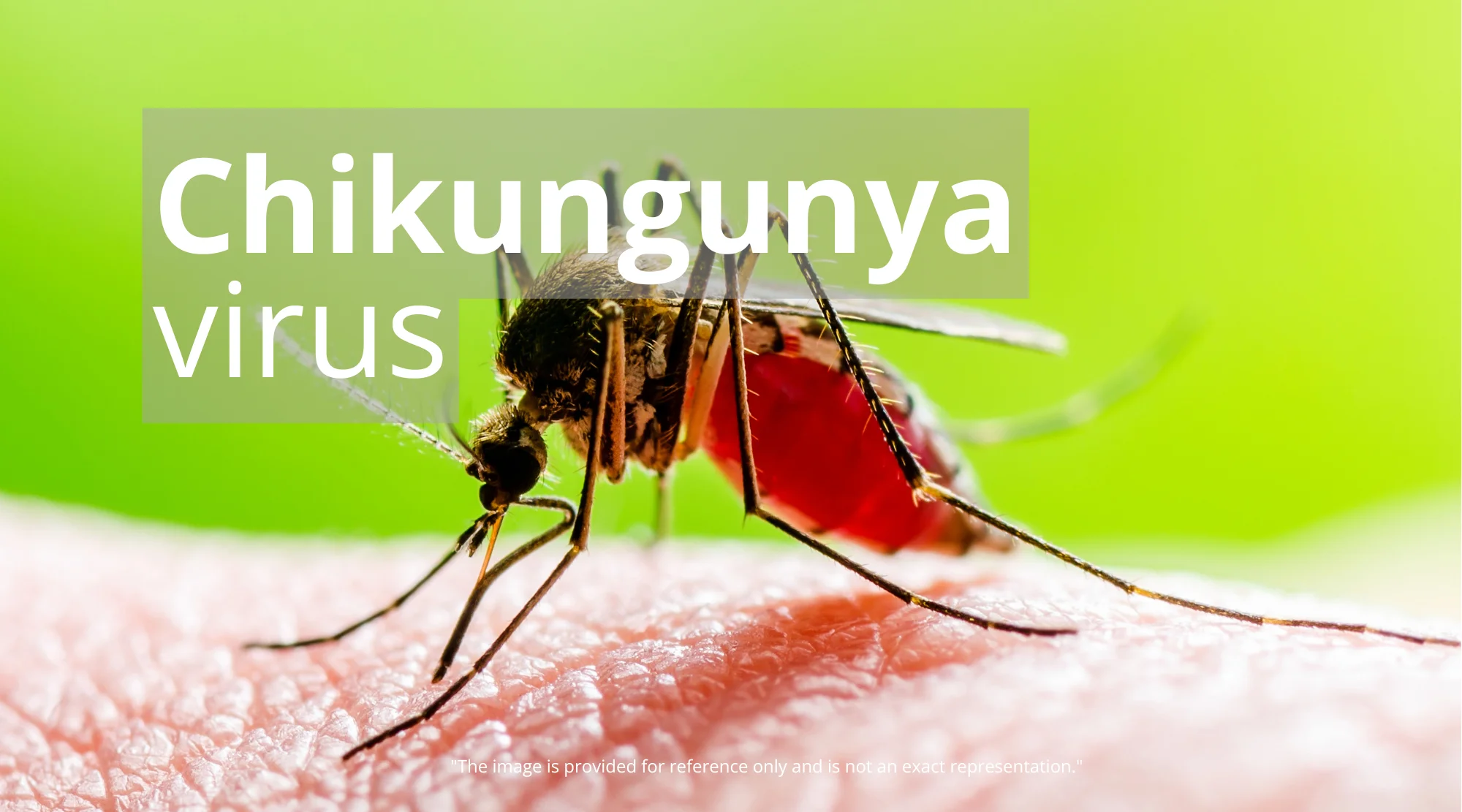The “Danger Triangle” of Your Face: Why You Should Think Twice Before Touching That Blemish
The human face is a complex landscape, a canvas of expression and vulnerability. While we often focus on its aesthetics, we rarely consider the underlying anatomy and potential risks. One particular area, often overlooked, poses a hidden threat: the “danger triangle” of the face. This critical zone, encompassing the area from the bridge of your nose to the corners of your mouth, demands respect and caution. Ignoring its significance can lead to serious health complications, emphasizing the importance of informed skincare practices.

Understanding the Anatomy of Risk
The “danger triangle” isn’t just a catchy phrase; it highlights a specific anatomical area with unique characteristics that make it susceptible to infection. Its vulnerability stems from the direct connection between the facial veins and the cavernous sinus, a large sinus located behind your eyes. This sinus plays a crucial role in draining blood from the brain.
The Connection: A Direct Pathway to Your Brain
The primary danger lies in the direction of blood flow. Any infection within the danger triangle can, in rare but serious cases, spread through the facial veins to the cavernous sinus. Because of the anatomical proximity, an infection in this area can directly affect the brain. This direct route bypasses many of the body’s natural defenses, making it a cause for concern.
What Makes This Area So Dangerous?
The “danger triangle” has a unique venous system. The veins in this area lack valves, which typically prevent blood from flowing backward. This means that blood, and any potential infections it carries, can flow freely in both directions. This anatomical feature significantly increases the risk of infections spreading to the brain.
Common Risks: Why You Should Avoid Touching Your Face
Several everyday actions can elevate the risk of infection within the danger triangle. These include:
- Picking or Squeezing Pimples: This is the most common and frequently warned-against behavior. Squeezing a pimple forces bacteria and debris deeper into the skin, potentially pushing them into the venous system.
- Nose Piercings: Any break in the skin, particularly near the nasal passages, can introduce bacteria. Improperly sterilized tools or aftercare can lead to infection.
- Facial Trauma: Any injury that breaks the skin in this region, such as cuts or abrasions, allows bacteria to enter.
- Improperly Cleaning Open Wounds: Failing to clean cuts or scratches thoroughly can increase the risk of infection.
Potential Complications: Serious Health Threats
Infections within the danger triangle can lead to severe complications, some of which are life-threatening. These include:
- Cavernous Sinus Thrombosis (CST): This is the most serious complication. CST occurs when a blood clot forms in the cavernous sinus, leading to swelling, pain, fever, and neurological symptoms such as vision changes, headache, and paralysis.
- Meningitis: Infection of the membranes surrounding the brain and spinal cord.
- Brain Abscess: A localized collection of pus in the brain.
- Sepsis: A life-threatening systemic inflammatory response to infection.
Recognizing the Signs: When to Seek Medical Attention
Early detection is crucial. If you experience any of the following symptoms after manipulating or injuring the “danger triangle,” seek immediate medical attention:
- Fever: A sign that your body is fighting an infection.
- Headache: Especially if it’s severe or accompanied by other symptoms.
- Swelling or Redness: Spreading from the initial point of injury.
- Eye Problems: Such as blurred vision, double vision, or bulging of the eye.
- Neurological Symptoms: Such as weakness, numbness, or difficulty speaking.
Prevention is Key: Best Practices for Facial Care
Protecting the “danger triangle” is about prevention. Here are some effective strategies:
- Avoid Picking or Squeezing: Resist the urge to touch pimples or blemishes in this area.
- Gentle Cleansing: Wash your face twice daily with a gentle cleanser to remove dirt and oil.
- Proper Acne Treatment: Consult a dermatologist for effective acne treatments.
- Safe Piercings: If you get a piercing, ensure it’s done by a licensed professional using sterile equipment. Follow all aftercare instructions meticulously.
- Careful Shaving: Use a clean razor and shave gently, avoiding nicks or cuts.
- First Aid: Treat any cuts or abrasions in this area immediately with antiseptic and a bandage.
- Avoid Touching Your Face: Minimize touching your face with your hands throughout the day.
For more information about safe skincare routines, consider reading articles from reputable sources like the American Academy of Dermatology. (External Link 1).
Beyond the “Danger Triangle”: General Skincare Best Practices
While the “danger triangle” warrants special attention, good skincare habits benefit your entire face:
- Sun Protection: Use a broad-spectrum sunscreen with an SPF of 30 or higher daily.
- Regular Exfoliation: Remove dead skin cells to prevent clogged pores. Be gentle.
- Hydration: Drink plenty of water to keep your skin hydrated.
- Balanced Diet: Eating a healthy diet contributes to overall skin health. Read our article, “Healthy Eating: Your Ultimate Weekly Meal Plan for a Balanced Life,” for some inspiration.
- Stress Management: High stress can exacerbate skin problems. Practice stress-reducing techniques like yoga or meditation. Consider reading “Weighted Blankets: Unveiling the Benefits for Anxiety Relief, Sleep, and Relaxation.”
When to Consult a Professional: Seeking Expert Advice
If you experience persistent skin problems or suspect an infection, it is crucial to seek professional help. A dermatologist can diagnose and treat skin conditions, prescribe appropriate medications, and offer personalized skincare advice.
- Acne: A dermatologist can help you understand the causes of your acne and develop an effective treatment plan.
- Infections: If you suspect an infection, a dermatologist can provide prompt diagnosis and treatment.
- Skin Cancer: Regular skin exams by a dermatologist can detect skin cancer early.
The Psychology of Skincare: Emotional and Physical Well-being
Taking care of your skin is not only about physical health; it is also linked to your psychological well-being. Feeling good about your skin can boost your confidence and self-esteem.
- Self-Care: Skincare routines provide moments for self-care and relaxation.
- Mental Health: Healthy skin is linked to positive mental health. For more on the connection, explore “AI Therapy: 5 Expert Tips to Protect Your Mental Health While Using Chatbots”.
- Body Image: Skincare can positively impact your body image and self-perception.
Advanced Treatments and Technologies: The Future of Skincare
The field of dermatology is constantly evolving, with new treatments and technologies emerging.
- Lasers and Light Therapy: These treatments can address a variety of skin concerns, from wrinkles to acne scars.
- Injectables: Fillers and Botox can reduce wrinkles and restore volume.
- Microneedling: This procedure stimulates collagen production, improving skin texture and tone.
Debunking Common Skincare Myths
Navigating the world of skincare can be challenging with so much misinformation. It’s important to separate fact from fiction.
- Myth: You don’t need sunscreen on cloudy days. Fact: UV rays can penetrate clouds. Always wear sunscreen.
- Myth: Expensive skincare products are always better. Fact: Price doesn’t always equal quality. Focus on ingredients.
- Myth: You can shrink your pores. Fact: You can’t change pore size, but you can minimize their appearance.
The Importance of Staying Informed: Resources for Skincare Education
Stay informed about skincare best practices through reliable sources.
- Dermatologists: Consult a dermatologist for personalized advice.
- Professional Organizations: The American Academy of Dermatology (AAD) and similar organizations provide evidence-based information.
- Reputable Websites and Blogs: Seek out trusted sources of information about skincare.
For a deeper dive into the benefits of informed decision-making, consider reading “Alice Walton’s Medical School: Revolutionizing Healthcare with a Holistic Approach”.
Conclusion: Prioritizing Your Facial Health
The “danger triangle” of the face serves as a constant reminder of the importance of vigilance. By understanding the anatomy, recognizing potential risks, and adopting preventative measures, you can safeguard your health and well-being. Prioritizing gentle care and respecting the intricate structure of your face is essential for maintaining a healthy and vibrant appearance. Remember to consult medical professionals for any health c














Post Comment